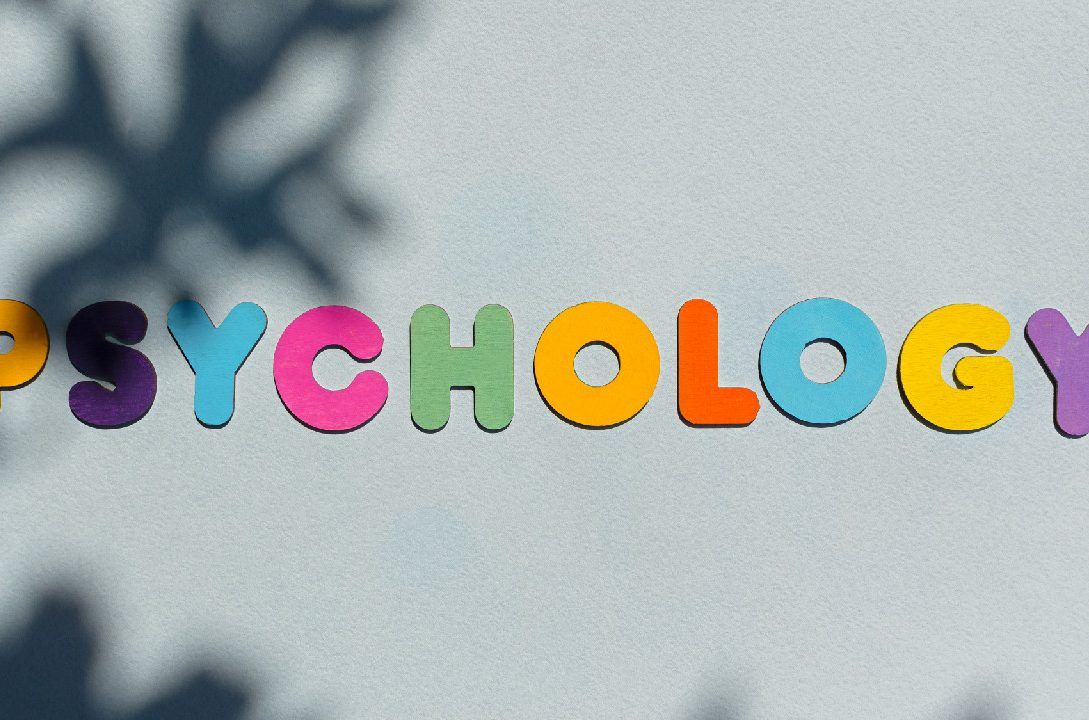Color has a powerful impact on our emotions, perceptions, and behaviors. In the world of marketing, understanding color psychology can significantly influence consumer perceptions, enhance brand messaging, and drive desired actions. In this blog post, we will explore the fascinating realm of color psychology and how you can effectively use it in your marketing efforts to engage your audience and create meaningful connections.
Understanding Color Psychology
Color psychology is the study of how colors affect human behavior and emotions. Different colors evoke specific emotions and associations, making them a valuable tool for marketers to convey messages, establish brand identity, and shape consumer perceptions. By strategically incorporating colors in your marketing materials, you can create the desired psychological impact and influence consumer decision-making.
Utilizing Color Psychology in Marketing
- Define Your Brand Identity: Color plays a crucial role in establishing and reinforcing brand identity. Choose colors that align with your brand personality, values, and target audience. Consider the emotions and associations each color evokes and how they resonate with your brand’s positioning. For example, blue can convey trust and professionalism, while red can signify energy and passion. Use colors consistently across your branding materials to create a strong and recognizable visual identity.
- Convey Brand Messaging: Colors can enhance your brand messaging and evoke specific emotions or actions. Identify the key messages you want to communicate and select colors that support those messages. For instance, if you want to convey a sense of tranquility and relaxation, using cool colors like green or blue can reinforce that message. Conversely, vibrant and bold colors like orange or yellow can communicate energy and excitement.
- Consider Cultural Associations: Colors can have different cultural associations and meanings. Be mindful of the cultural context of your target audience and adapt your color choices accordingly. For instance, while white represents purity in Western cultures, it symbolizes mourning in some Eastern cultures. Research the cultural connotations of colors in your target markets to ensure your color choices align with cultural sensitivities and preferences.
- Create Visual Hierarchy: Color can be used to guide attention and create visual hierarchy in your marketing materials. Use contrasting colors to highlight important elements, such as call-to-action buttons or key messages. Bright and bold colors naturally draw attention, while muted or neutral colors can be used to create a sense of balance and harmony. Leverage color strategically to direct focus and guide users through your marketing collateral.
- Stimulate Emotions and Actions: Colors have the power to evoke specific emotions and influence consumer behavior. Use this knowledge to your advantage when designing marketing materials. For example, warm colors like red and orange can evoke a sense of urgency or excitement, encouraging users to take immediate action. Cool colors like blue and green can convey a sense of trust and relaxation, fostering a calm and receptive mindset.
- Test and Iterate: Color preferences and associations can vary among different audiences and contexts. It’s important to test the impact of color choices on your target audience and continually iterate based on the results. Conduct A/B testing to compare the effectiveness of different color schemes and collect user feedback to gain insights into their emotional responses. Use data and analytics to inform your color choices and refine your marketing strategies.
Conclusion
Color psychology is a valuable tool that marketers can harness to engage their audience, shape brand perceptions, and drive desired actions. By understanding the emotions and associations associated with different colors, you can strategically incorporate them into your marketing materials to enhance brand messaging, create visual impact, and influence consumer behavior. Embrace the power of color psychology and elevate your marketing efforts to evoke meaningful connections and drive successful outcomes.
Related Posts:
Get Started with a free 15 -day trial
No credit card required for Trial Plan
Continue using starter plan for free forever, after trial or upgrade to Premium Subscription






